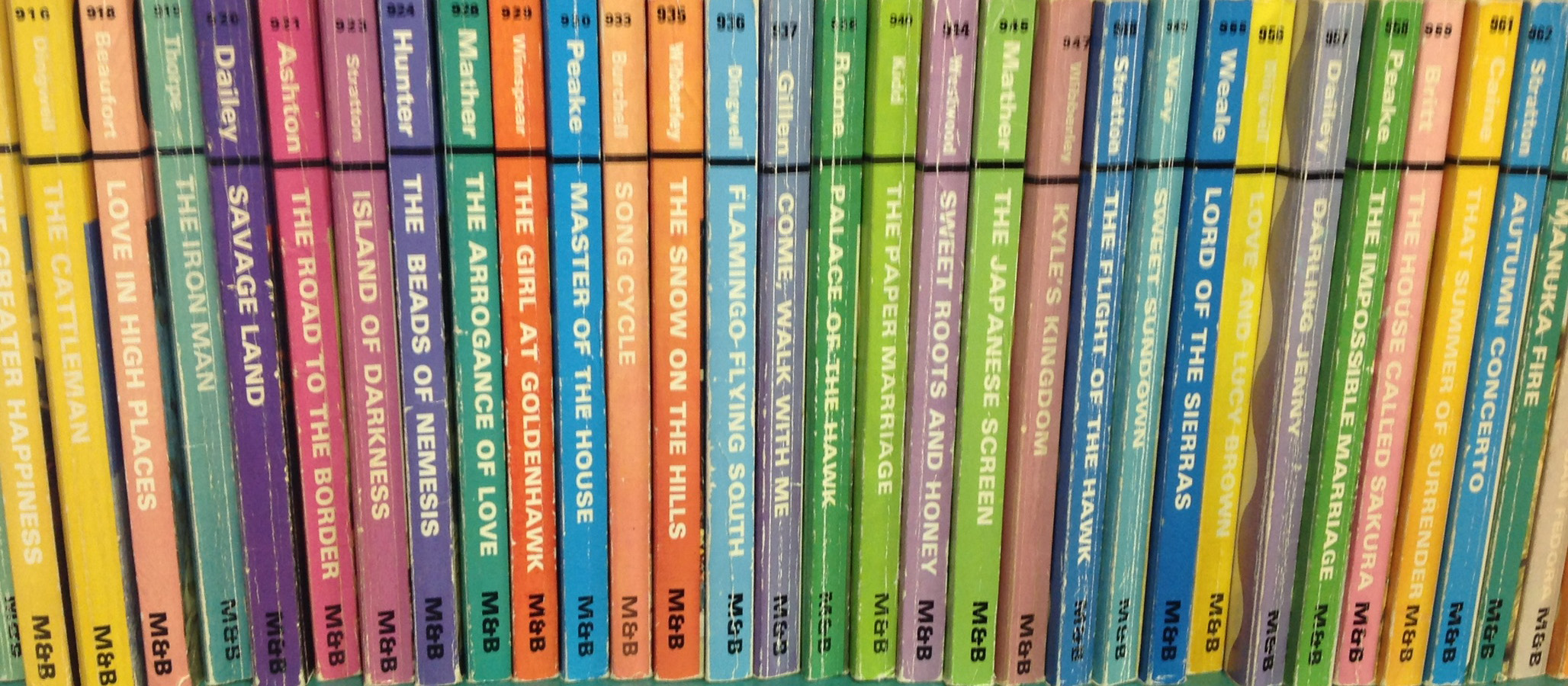Romance and the Rare Book Trade
Start Date
22-4-2020 4:15 PM
End Date
22-4-2020 5:15 PM
Proposal Type
Individual Presentation
Abstract
The rare book trade has ignored popular romance. Although all genre fiction has struggled in the high-end marketplace, mystery and science fiction have been making significant headway in recent years. Yet romance isn’t a consideration even for dealers who specialize in genre fiction. Nevertheless, there are many readers of romance who have also built incredible collections. This presentation examines the factors that have led to this disconnect, primarily in examining two historical contexts: (1) how trends form within the rare book market, and (2) how the unusual print history of popular romance makes it difficult to apply the traditional “rules” of collecting. Trends within the high-end market have skewed towards the conservatively canonical, largely due to the demographics that have historically comprised the majority of wealthy collectors and book dealers. The fight for recognition by women collectors and authority by women dealers remains; but the past decade has seen notable gains in these areas, and the market has begun to shift. Yet the unusual print history of popular romance creates problems for the collector who follows the rules of other genres. Harlequin’s move to put category romances into grocery stores, a new crop appearing monthly, creates a very different kind of object than the signed limited Farewell to Arms or Audubon’s double-elephant folio Birds of America. However, in the digital age a rising generation has started to question the standard principles for collecting. The presentation will conclude with an exploration of potential paths forward for romance in the trade.
Romance and the Rare Book Trade
The rare book trade has ignored popular romance. Although all genre fiction has struggled in the high-end marketplace, mystery and science fiction have been making significant headway in recent years. Yet romance isn’t a consideration even for dealers who specialize in genre fiction. Nevertheless, there are many readers of romance who have also built incredible collections. This presentation examines the factors that have led to this disconnect, primarily in examining two historical contexts: (1) how trends form within the rare book market, and (2) how the unusual print history of popular romance makes it difficult to apply the traditional “rules” of collecting. Trends within the high-end market have skewed towards the conservatively canonical, largely due to the demographics that have historically comprised the majority of wealthy collectors and book dealers. The fight for recognition by women collectors and authority by women dealers remains; but the past decade has seen notable gains in these areas, and the market has begun to shift. Yet the unusual print history of popular romance creates problems for the collector who follows the rules of other genres. Harlequin’s move to put category romances into grocery stores, a new crop appearing monthly, creates a very different kind of object than the signed limited Farewell to Arms or Audubon’s double-elephant folio Birds of America. However, in the digital age a rising generation has started to question the standard principles for collecting. The presentation will conclude with an exploration of potential paths forward for romance in the trade.


